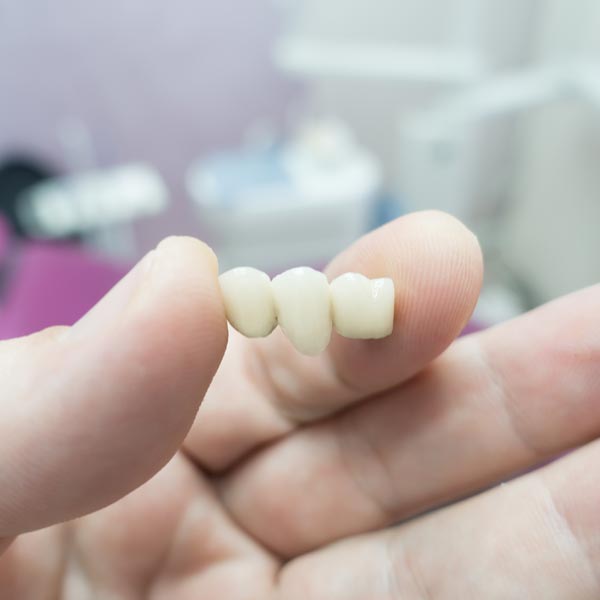Dentures / Partials / Bridges
High-Quality Dentures in Davie, FL
If you’re in need of dentures in the Davie, FL area, Davie Family Dental is a trusted dentures provider that has years of experience replacing missing teeth. We strive to deliver the best possible outcomes while also ensuring a comfortable experience our for all our patients. Schedule an appointment to see how you can replace your missing teeth with dentures and start feeling like yourself again.

Benefits of Dentures
If you’re in the Davie, FL area, there are many benefits of choosing dentures from Davie Family Dental to help treat missing teeth. Dentures can help you:
- Improve your oral health by reducing gum disease and further tooth loss
- Preserve your facial shape
- Maintain normal speech ability and pronunciation, which would otherwise be affected by missing teeth
- Eat more comfortably and confidently
- Overall, dentures are a less costly option when compared to dental implants and bridges
Complete Dentures
Complete dentures consist of artificial teeth and an artificial base that’s meant to look like your natural gums. They’re formed to your mouth and rest on top of your gums and act like your natural teeth.
Partial Dentures
Partial dentures are similar to complete dentures. However, instead of resting on top of your gums, partial dentures have clasps that connect to your remaining natural teeth.
How Much Do Dentures Cost?
The cost of dentures varies depending on how many teeth you’re replacing. To get an accurate estimate of how much dentures will cost you in the Davie, FL area, schedule an appointment for an initial evaluation today!
